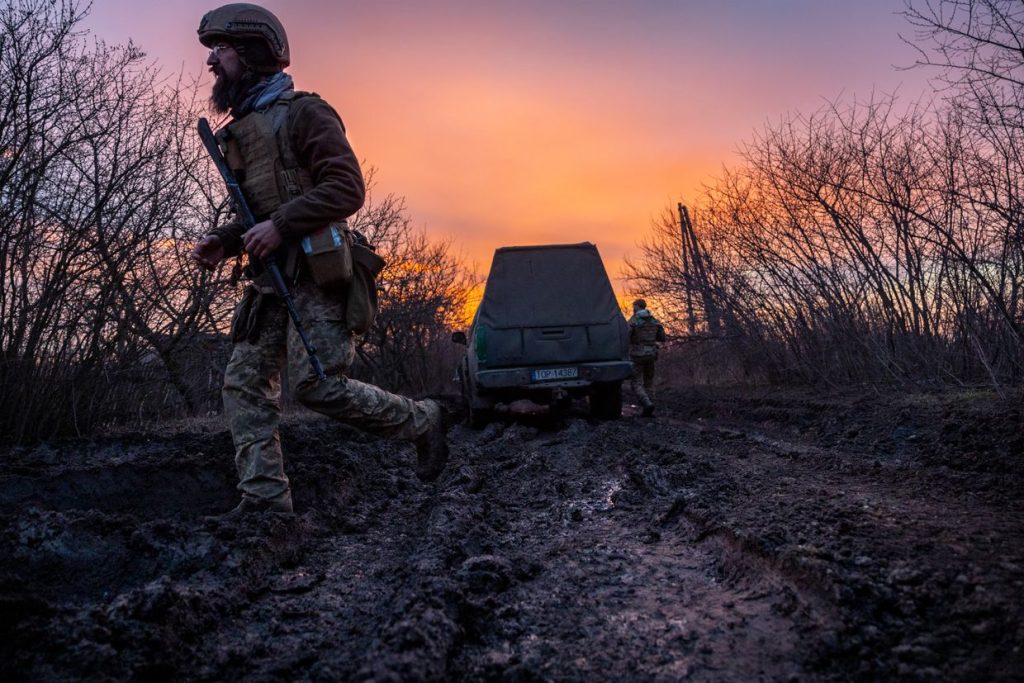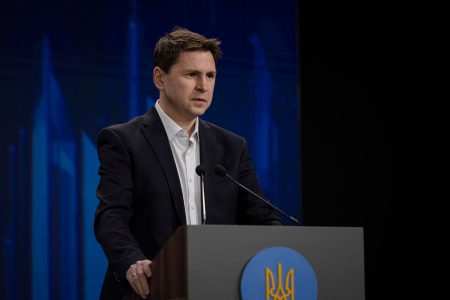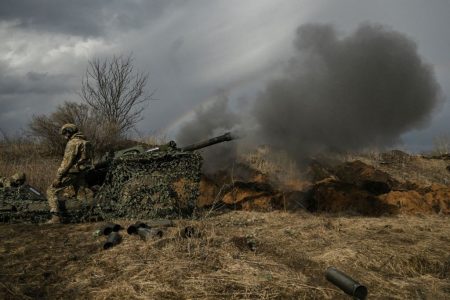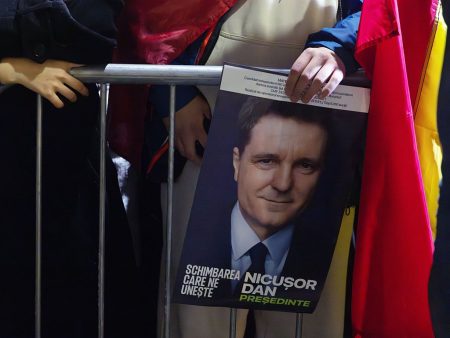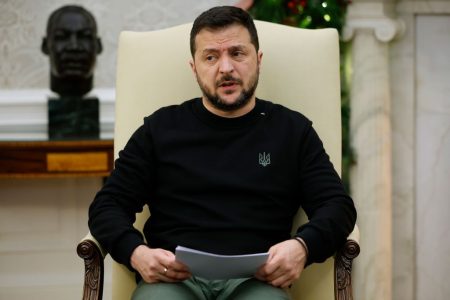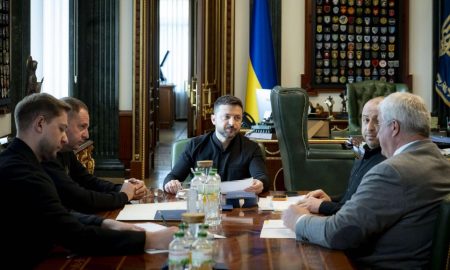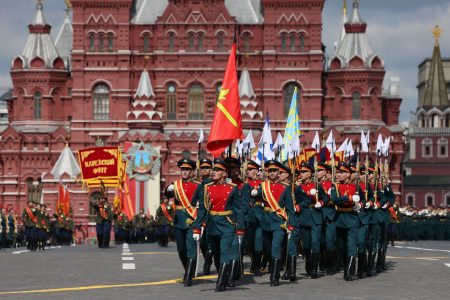For the past two years, Russia has employed various tactics to sustain the ongoing conflict in Ukraine. These tactics include enlisting drafted soldiers, utilizing state-sponsored mercenary groups, recruiting convicted felons, incorporating proxies from the occupied Donetsk and Luhansk regions, and forcibly conscripting Ukrainians in the territories under Russian control. This multifaceted approach demonstrates Moscow’s commitment to prolonging the conflict and maintaining its influence in the region.
The use of drafted soldiers and state-sponsored mercenary companies highlights Russia’s willingness to deploy a diverse range of personnel to achieve its objectives in Ukraine. By tapping into different sources of manpower, Moscow can maintain a sustained presence in the conflict zone and adapt to changing circumstances on the ground. Additionally, the recruitment of convicted prisoners and integration of proxies from occupied territories serve to bolster Russia’s forces and ensure a steady supply of troops to continue the fighting.
The forcible conscription of Ukrainians living in the occupied territories further illustrates Russia’s coercive tactics in maintaining control over the region. By compelling local residents to join its forces, Moscow aims to strengthen its grip on the territory and undermine any potential resistance. This tactic not only increases the number of troops available for combat but also serves as a means of exerting authority over the civilian population in the occupied areas.
Despite facing international condemnation and sanctions for its involvement in the conflict, Russia has shown no signs of backing down or seeking a peaceful resolution. The continued recruitment of various groups to bolster its forces underscores Moscow’s determination to achieve its strategic goals in Ukraine, even at the cost of prolonging the suffering and instability in the region. This prolonged conflict has had devastating consequences for the civilian population, with widespread displacement, destruction of infrastructure, and loss of life.
The use of diverse tactics in sustaining the conflict highlights the complexity and ruthlessness of Russia’s military strategy in Ukraine. By employing a combination of drafted soldiers, mercenary groups, convicted prisoners, and forcibly conscripted locals, Moscow has created a formidable force capable of maintaining its presence and advancing its interests in the region. This approach also serves to demonstrate Russia’s willingness to defy international norms and continue its aggressive actions despite global condemnation.
In conclusion, the portrait of the invader in Ukraine reveals a persistent and multifaceted approach by Russia to prolong the conflict and assert its influence in the region. Through the recruitment of various groups and the use of coercive tactics, Moscow has demonstrated its commitment to maintaining control over the occupied territories and undermining Ukrainian sovereignty. The continued suffering and instability caused by this conflict serve as a stark reminder of the human cost of Russia’s aggressive actions in Ukraine.









